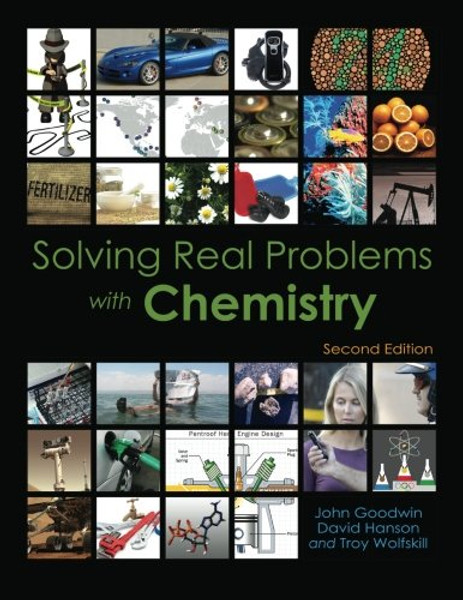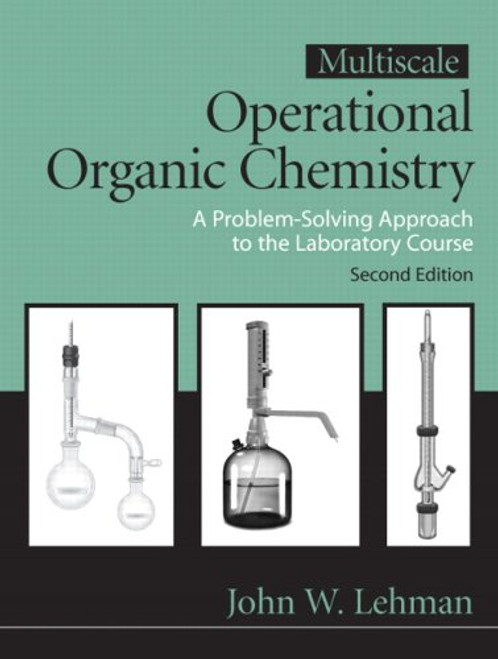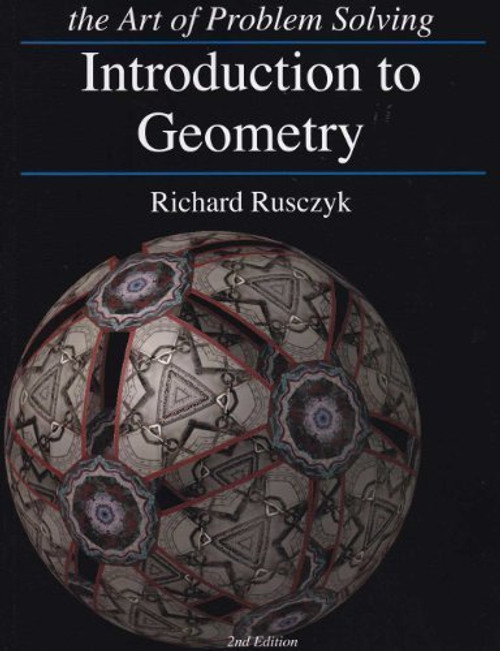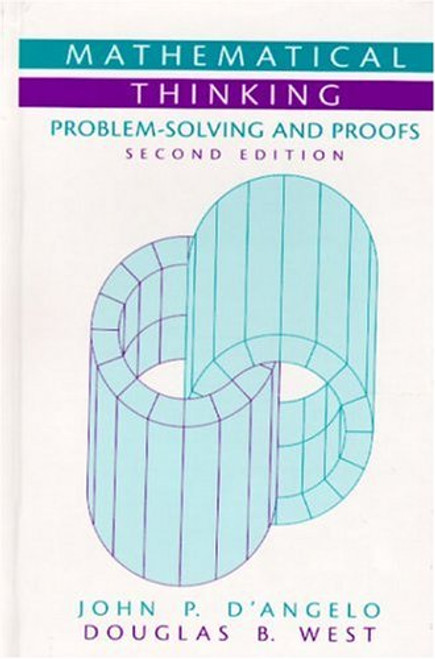Product Overview
Whether you're working to help your students appreciate how chemistry applies in the real world outside the classroom or looking for activities and exercises that help students develop their problem-solving skills, Solving Real Problems with Chemistry is an absolute gem of an activities book. Its 23 POGIL-style activities expose students to practical applications of the principles of chemistry in a way that will catch and sustain their interest, challenging them to improve their performance in critical aspects of problem-solving including asking key questions, performing calculations, modeling, and validating. As you might expect, each activity provides pertinent context, a succinct statement of a problem (their challenge), and space to work out their solution to the problem. Each activity also contains meaningful bookends; at the beginning of each activity, students are provided with a short list of the specific skills they will use and improve as they solve the stated problem. Once students have finished solving the central problem of the activity, they are then challenged with two or three shorter problems, allowing them an additional opportunity to apply their newly-learned skills. While solving a discrete problem is certainly evidence of learning, what makes this book so special is that once students solve the problem, they are prompted to take a step back and review the actual problem-solving process and methodology they used. Students are challenged to consider how what they learned during the course of solving a particular problem could then be applied in a more general way to help them solve new problems. In other words, they are guided and prompted to not only become aware of how they solve problems, but also to examine and consider how they can improve their problem-solving skills. A truly unique feature of the book is the opportunity for an instructor to provide three different levels of help (clues) to students. Au Help (gold) presents a strategy that resembles the way experts think when they solve problems. The use of this strategy is illustrated and prompted to differing degrees in Ag Help (silver) and Cu Help (copper). As the semester progresses, students should move through these stages of Help to develop and improve their problem solving skills.







